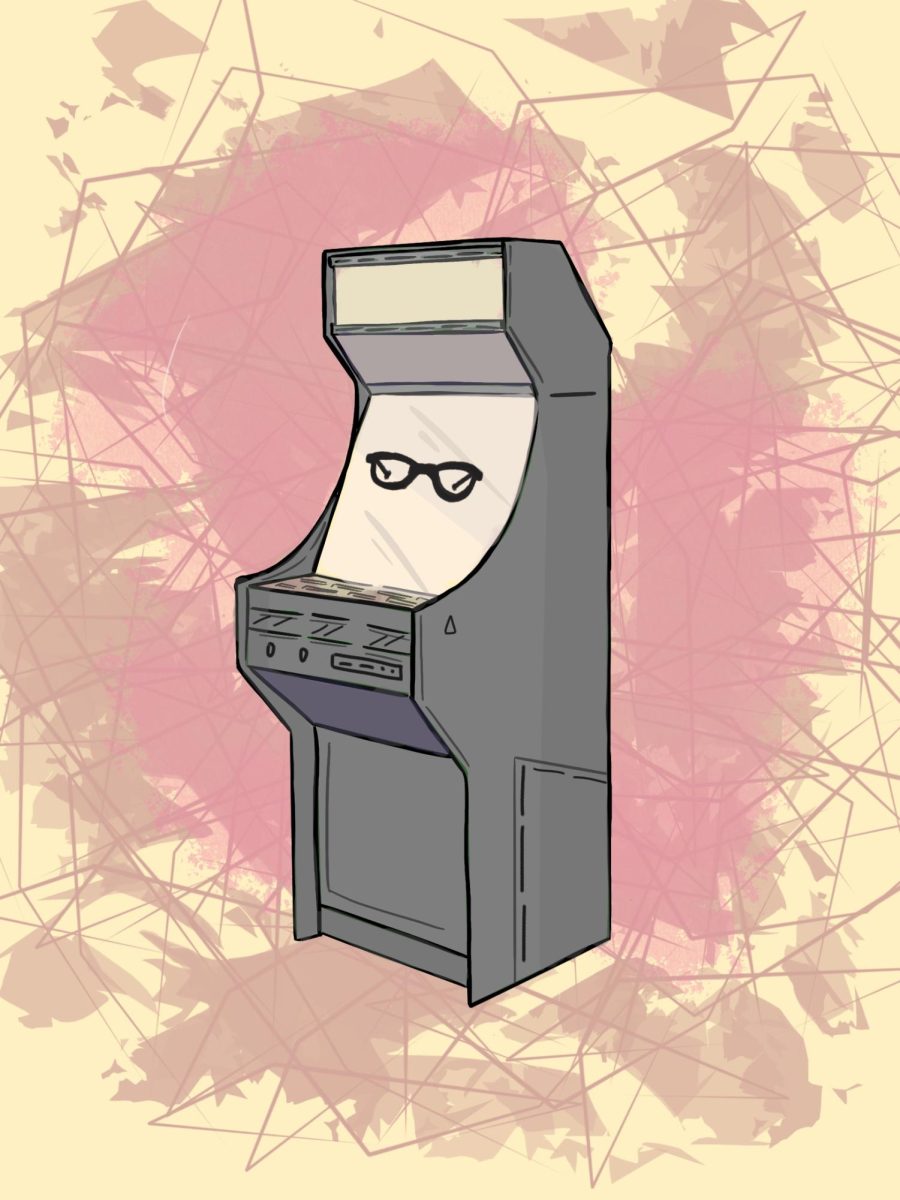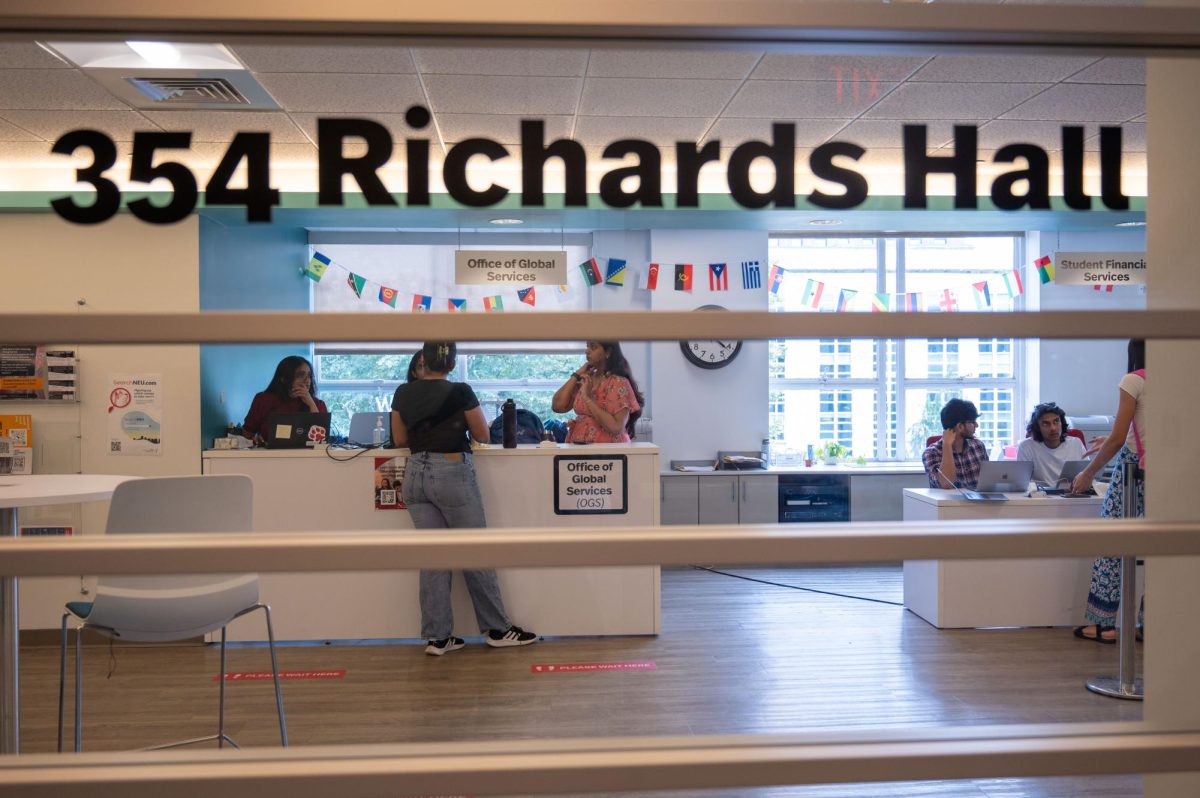Back when my grandparents were in school, cheating on assignments actually took effort. In today’s day and age, simply feeding a request into ChatGPT outputs three separate essays on the same topic simultaneously, with no difficulty whatsoever.
Let’s face it: people are using AI everywhere.
While AI can be very beneficial in certain situations, it quickly takes over routine and repetitive operational jobs within the workforce. A 2023 ResumeBuilder survey found that 37% of companies in the healthcare, agriculture and industrial sectors were using AI to replace workers. As fears of job displacement looms overhead, the growing popularity of AI is generally perceived as a threat.
In India, a staggering 74% of the workforce share this concern and appear to be more worried about AI taking away jobs than their counterparts in first-world countries such as the United States, the United Kingdom or Germany. In particular, the Business Process Outsourcing and Knowledge Process Outsourcing sectors are particularly susceptible to AI adoption within the tech industry.
A viable solution to this fast-approaching problem is for companies to incorporate workshops that upskill their workers to better equip them to retain their jobs in the face of AI intervention. Some examples include training that teaches data analysis, programming and problem-solving. In a 2023 survey of 1,606 respondents conducted in India, more than half said they would consider leaving the workforce in the next 12 months in the absence of AI training.
In recent years, the COVID-19 pandemic further increased the number of individuals working from home, as 60% of global surveyors indicated a shift of office space from urban to suburban locations. This change is often viewed in a negative light, since working remotely has resulted in a greater reliance on AI-powered tools.
However, I believe this is advantageous to society, as it further encourages human-AI collaboration within the workforce. As the majority of communication is carried out virtually, individuals are increasingly dependent on AI-powered tools to ensure that tasks are managed and carried out in a seamless manner. For example, Zoom is a popular online platform that utilizes AI for features such as transcription, noise cancellation and screen backgrounds. As individuals grow increasingly reliant on AI, they are more likely to recognize the benefits of AI in fostering an efficient workplace environment.
Within the educational sector, AI has proven immensely helpful in classroom settings in performing routine assessments or providing automated grades and feedback to students. While these exemplary qualities of AI may win others over, my mother is not one of them.
As a third-grade teacher, she prefers teaching in person rather than remotely via Zoom. Within the classroom, she can adjust the type and degree of support based on each student and the ever-changing situations taking place in real-time. Furthermore, being physically present enables her to exert fuller control in promoting skills such as empathy and teamwork that create positive spillover effects to other areas within the students’ life.
Yet, despite the belief that AI is incapable of replacing certain jobs that are rooted in emotional connection, it has already provided substantial benefits to everyday folks.
For example, the Eyebot, found in Boston-area malls and dispersed across New England, is a self-serve kiosk that offers a 90-second vision test free of charge. The AI bot works by sending safe infrared rays into a person’s eyes and outputting an AI-generated report that notifies the client of nearsightedness, age-related blurry vision and its level of severity. Eyebot also enables the renewal of a pair of glasses or a contact lens prescription.
Eyebot provides easy accessibility in benefiting individuals who have difficulty scheduling in-person eye appointments with their optometrist. It also creates more affordable options for low-income individuals who struggle to afford medical appointments, as an eye exam can cost up to $200 without insurance. Hence, a more diverse patient population is taken into consideration.
Although the topic of AI overtaking countless jobs is sure to invoke anxiety regarding the future, individuals within higher education — including Northeastern students — also benefit from this advancement. As mentioned, ChatGPT and other chatbots are considered helpful resources within the classroom.
When I was taking organic chemistry, I’d have to wait around 15 minutes after class to have my questions answered in a lecture of 200-plus students. Oftentimes, I’d leave the classroom even more confused, as the professor often lacked the time to explain things more slowly or in depth. Amid times of stress, I’d utilize ChatGPT to generate simplified explanations for complex topics such as Le Chatelier’s principle and stereochemistry. Gradually, I began to not only understand, but apply the content at a deeper level during exams which ultimately kindled my passion for this subject.
Furthermore, ChatGPT is useful in situations in which one’s knowledge is put to the test. The chatbot can play the role of a debate opponent by generating an array of counterarguments to a student’s position. It can also tailor its prompts based on weak points detected within their reasoning that students may not have previously been aware of. In turn, this feature brings an element of interactivity within the classroom while also strengthening creative and critical thinking skills.
If you can’t beat AI, then join it.
Mikayla Tsai is a third-year behavioral neuroscience major and columnist for The News. She can be reached at tsai.mik@northeastern.edu.
The Huntington News is dedicated to serving the Northeastern University community with original, professional reporting and creating an environment in which student journalists can learn from one another. Support an independent, free press at Northeastern University with your donation today.


















